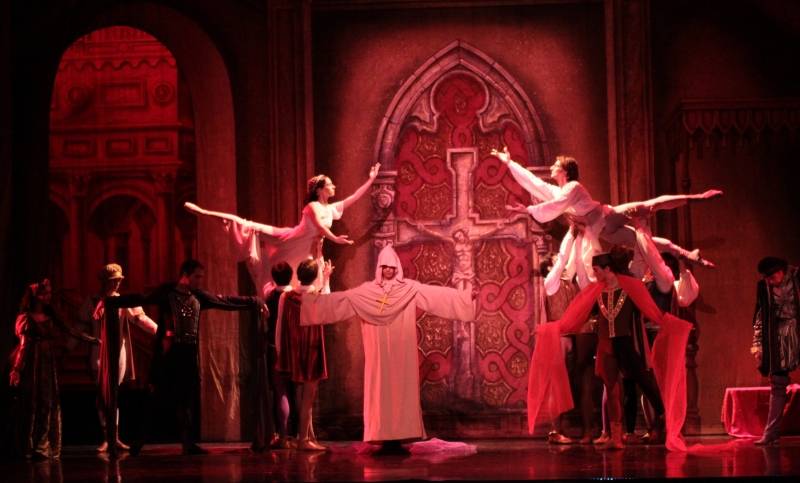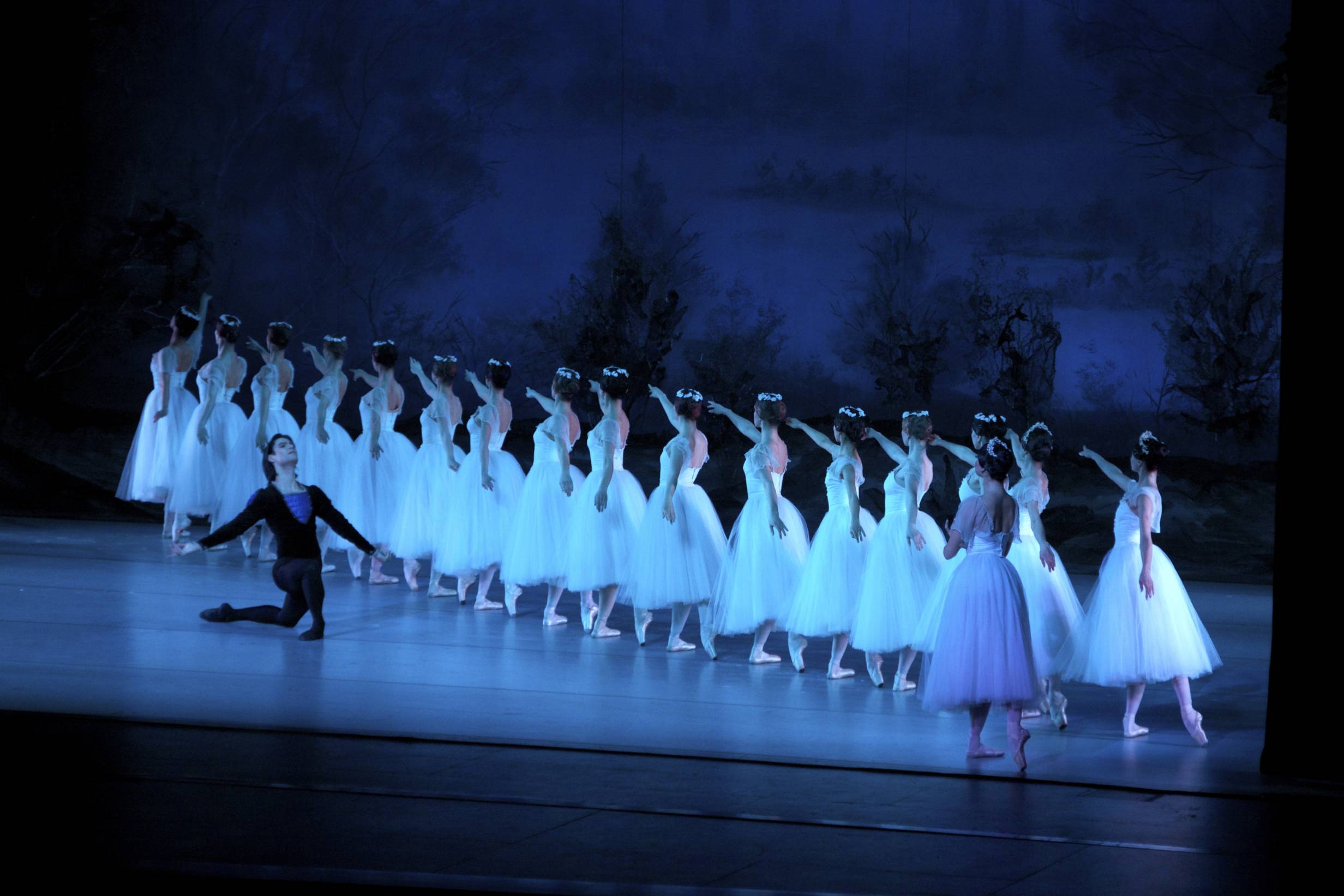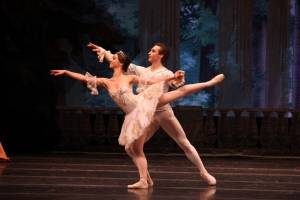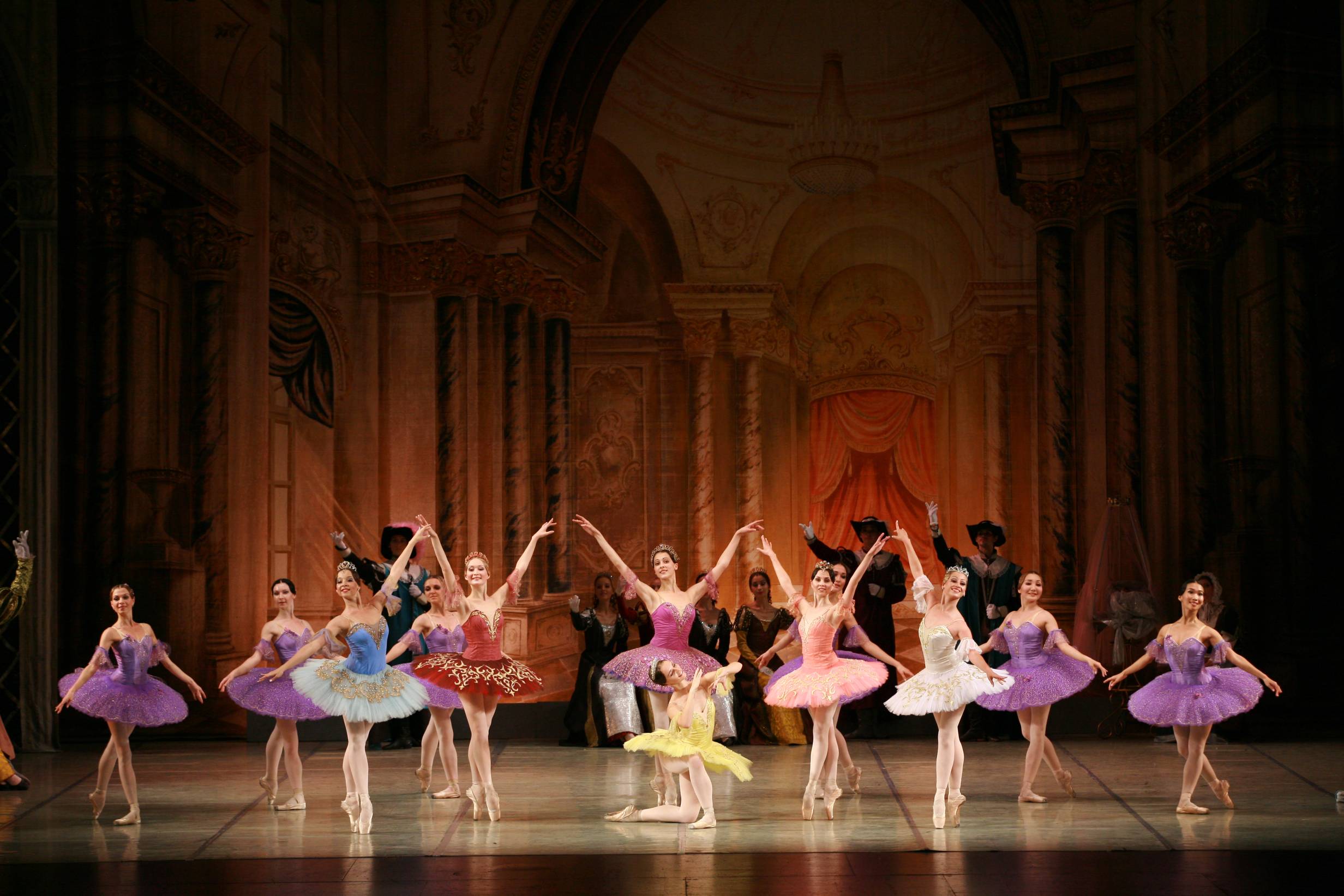In 1989, Sergei Radchenko, a former star of the Bolshoi Ballet founded The Russian National Ballet Company, the first independent company of classical ballet. His wife, Elena, was a prima ballerina with the Mariinsky-Kirov Theatre and the Bolshoi Theatre, and by joining Sergei, they formed another company: the Moscow Festival Ballet. In 1994, Elena Radchenko was appointed permanent artistic director of The Russian National Ballet Company, and the two companies tour separately, giving them the power to visit smaller cities. This flexibility furthers their goal of providing the opportunity to engage with classical ballet to as many communities as possible. The Radchenkos have stated that their mission is “to stimulate modern viewer interest and the need for the art of Russian classical ballet”.
Although the dance style originated in France, when Russia began to open its society up to the West, Peter the Great encouraged citizens to learn ballet as a discipline, almost akin to the way far-East culture practice martial arts. The ruler saw it as a means to refine his constituents and imbue them with a new way to carry and present themselves in every situation – not just on stage. French masters arrived in the country to lead ballet schools and advanced study. From there, ballet grew entrenched in Russian culture, and is still linked in the minds of many who enjoy the art.
Last year around this time, the Moscow Festival Ballet spent three nights at Krannert performing their productions of Don Quixote, Cinderella, and Swan Lake. This year, the larger company, the Russian National Ballet Theatre, arrives with over 50 dancers to provide us with the chance witness three more performances in the tradition of what is often considered the purest form of ballet.
Tuesday’s performance will be a presentation of two separate, one-act ballets: Carmen Suite, adapted from the opera by Bizet, and Romeo and Juliet from the Shakespeare play.
Carmen Suite was co-created by a Cuban composer, Alberto Alonso, at the request of Bolshoi ballerina Maya Plisetska, whose Russian composer husband, Rodion Shchedrin, wrote the score. Alonso provided the libretto and choreography first, then while watching his wife rehearse the dance, Shchedrin agreed to write the music, which differs greatly from the opera, especially in instrumentation. This adaptation of Carmen concentrates on the love-triangle among Carmen, the bullfighter Escamillo, and the rake Don Jose, with a large role played by Fate (as both Carmen’s alter-ego and a bull).
 Post-intermission, the audience will be treated to an adaptation choreographed, written and designed by Elena and Sergei Radchenko, of Shakespeare’s Romeo and Juliet, set to music by Tchaikovsky. From the program notes, it appears that the major plot points – meeting Juliet at a party, Romeo getting involved in brawls that result in casualties, a hasty wedding, and fake deaths that turn real – are fit into two scenes. The work premiered in 2010 and has been a steady part of the company’s repertoire.
Post-intermission, the audience will be treated to an adaptation choreographed, written and designed by Elena and Sergei Radchenko, of Shakespeare’s Romeo and Juliet, set to music by Tchaikovsky. From the program notes, it appears that the major plot points – meeting Juliet at a party, Romeo getting involved in brawls that result in casualties, a hasty wedding, and fake deaths that turn real – are fit into two scenes. The work premiered in 2010 and has been a steady part of the company’s repertoire.

Giselle is the full-length ballet that will be staged on Wednesday evening. Based on a poem by Heinrich Heine with music by Adolphe Adam, the ballet came to Russia in 1843 after premiering in Paris just two years earlier. While France took it out of rotation after twenty years, Russia has preserved its legacy with near-continuous performances to this day still based on the original choreography by Jean Coralli and Jules Perrot. A beautiful tragedy, the ballet tells the story of a beautiful village maiden who has been seduced by a Count playing peasant even though he is engaged to a noblewoman. A forester loves Giselle and hopes to marry her by finding evidence that her true love is not-so true, but when the truth is revealed, the heartbroken Giselle commits suicide and is buried deep in the forest. Her spirit is trapped by vengeful wraiths, all jilted before their wedding days, who punish men who stay out past midnight by dancing with them until they die. Of course, that’s not all there is to it, but it will provide for some gorgeous and eerie ensemble dancing.

The final performance on Thursday will be one that might be a best-bet for anyone new to ballet: Sleeping Beauty also with music by Tchaikovsky. Although the original choreography by Marius Petipa has been preserved since 1890, the Radchenkos have adapted it (with help from Alexander Daev, who also contributed to Romeo and Juliet) and designed the costumes. Based on the Perrault tale, not much is different from the story as you know it: six fairies plus one evil, a curse softened but not reversed. In this version, she grows up a princess in the castle instead of a peasant hidden from spinning wheels, and rather than being betrothed, there are four princes at her 16th birthday, hoping to win her hand. There is no final showdown between the prince and Carabosse, but a peaceful vision of the princess and a celebratory wedding after she is awoken. The ballet does feature the famous “Rose Adagio”, a symbolic piece meant to demonstrate the character’s awakening into womanhood, but is also one of the most difficult tests of a ballerina’s skill. During  her wedding, the grand pas de deux danced with her husband even surpasses her earlier solo. While this ballet may be the most accessible for audiences, it is also one of the most rewarding due to the performances by Aurora, her prince, and the Lilac Fairy. For both these reasons, you will have to get on the waiting list if you are hoping to see this particular performance.
her wedding, the grand pas de deux danced with her husband even surpasses her earlier solo. While this ballet may be the most accessible for audiences, it is also one of the most rewarding due to the performances by Aurora, her prince, and the Lilac Fairy. For both these reasons, you will have to get on the waiting list if you are hoping to see this particular performance.
I’m limited by my work schedule, so I know that I will only have the opportunity to see one of these magnificent ballets in the most celebrated tradition, but missing the other two fills me with regret. If I had the opportunity, I would be at all three. I’d encourage anyone with the time to find the means to take full advantage of this wonderful experience. The Russian National Ballet Theatre will perform four different ballets on three separate nights: Carmen/Romeo on Tuesday, Giselle on Wednesday, and The Sleeping Beauty on Thursday this week. Performances begin at 7 p.m. and tickets are $45 with the usual matrix of discounts ending in $10 tickets for youth and U of I students. See Krannert’s website for more details, or call the ticket office at 1-800-KCPA-TIX.
All images property of and courtesy of COLUMBIA ARTISTS MANAGEMENT INC.








